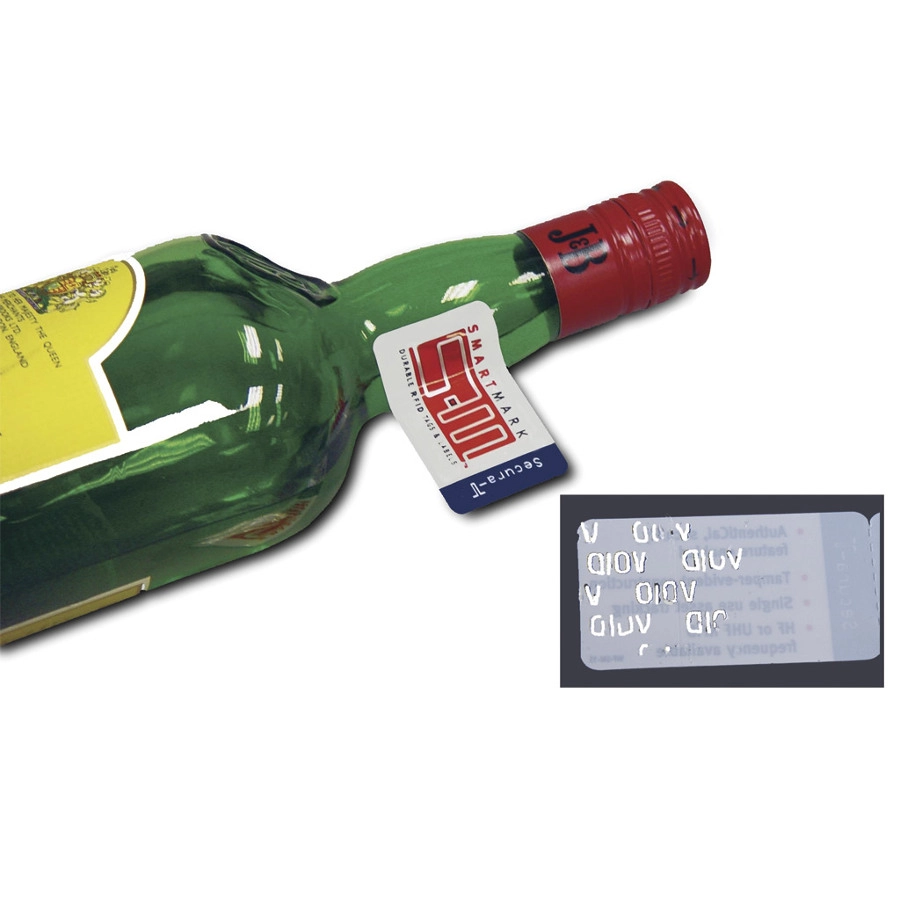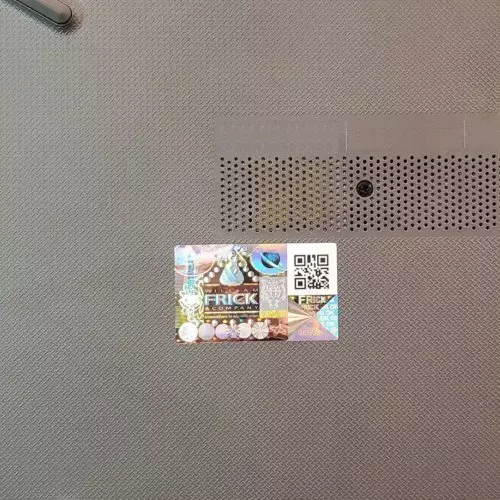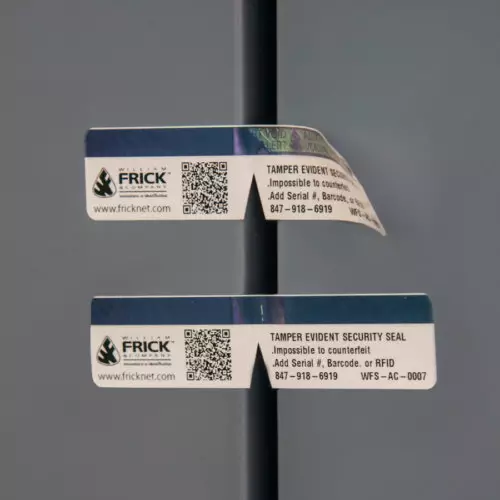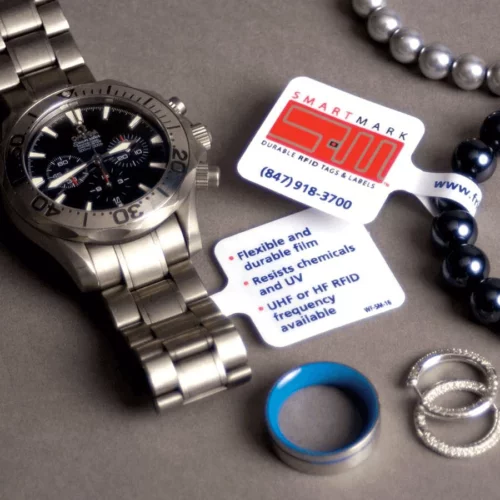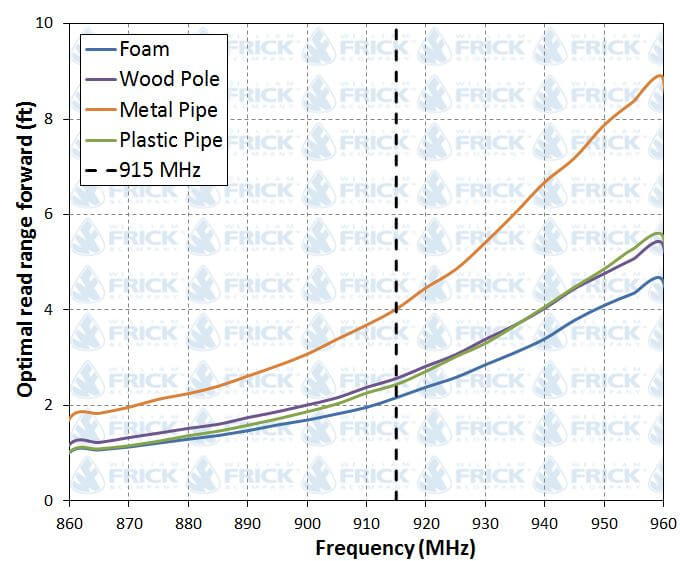Tamper Evident VOID Labels
- Easy-to-install, UL-recognized and barcode ready
- Leaves “VOID” message when removed
- Durable for harsh environments
- RFID available
Related products
Description
Our tamper evident products destruct when removal is attempted. If the adhesive layer is fractured, the word VOID appears on the applied surface, indicating tampering. Their durable polyester material withstands harsh environments and bonds well to a variety of surfaces including stainless steel, ABS, polypropylene, painted metal, polyester, HDPE, nylon, glass, and polycarbonates. Maximize your security with RFID – ideal for food and beverage establishments.
Additional information
| Model Number | WFC-AC-VOID Tamper Evident Labels |
|---|---|
| Applications | Tamper Evident Seals, Product Marking |
| Material | Destructible Polyester Film |
| Overall Thickness | 2.3 mil |
| Expected Outdoor Life | 1 – 2 years |
| Temperature Service Range | -40°F to 208°F |
| Minimum Application Temperature | 32°F |
| Water Resistance | Excellent |
| Solvents Resistance | Very Good |
| Abrasion Resistance | Excellent |
| UV Resistance | Good |
| Oil Resistance | Very Good |
| Adhesive | #300 High Strength Acrylic |
| Adhesion | Adhesion to HSE Plastics: Excellent, Adhesion to LSE Plastics: Excellent, Adhesion to Glass at 72 hr. dwell: Excellent, Adhesion to Steel at 72 hr. dwell: Excellent |
RFID Performance
| RFID Protocol | UHF EPC Class 1 Gen 2; ISO 18000-6C |
| Tag Type | Passive Read/Write |
| Frequency Range | 860 – 960 MHz (Global) |
*Other single record and dual record chips available.
Tested Polarization:
Tag performance was experimentally measured in an anechoic chamber with a known set of experimental variables. The antenna used for measurements was linearly polzarized and of monostatic configuration. The direction of tested polarization is as follows.
Optimal Read Range* on Different Material Surfaces:
*Tag performance was measured free of material influence. Actual read ranges may differ depending on conditions such as environment, tag placements, hardware, etc.

